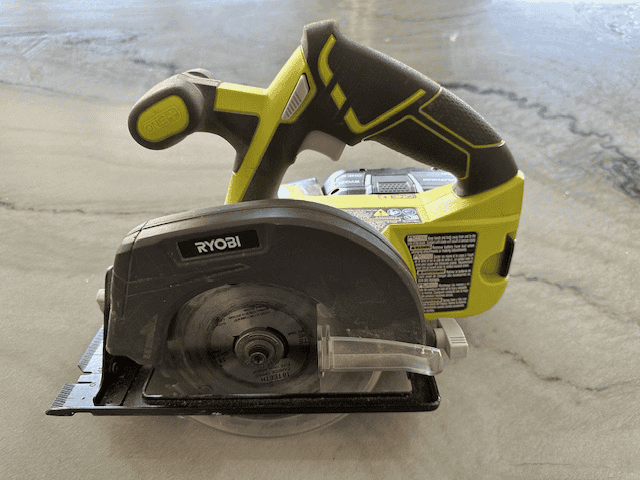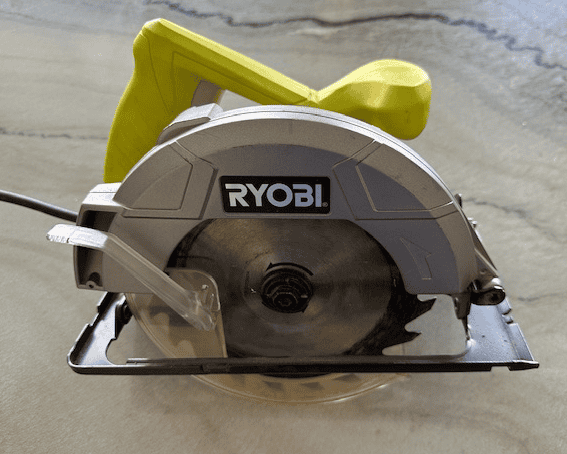The circular saw is a versatile power tool used for cutting various materials, including wood, metal, plastic, and masonry. They feature a round, toothed blade that rotates at high speed to make straight, precise cuts. These tools are essential in construction, woodworking, and DIY projects, offering efficiency and accuracy in cutting tasks.
History of Circular Saws
The circular saw’s invention is often credited to Samuel Miller, who patented the first circular saw blade in 1777. However, it was Tabitha Babbitt, a Shaker woman, who significantly advanced its design in 1813 by creating a circular saw mounted on a spinning wheel, making it more practical for sawmills. Over the years, the circular saw evolved with improvements in motor technology and blade materials, becoming a staple in both professional and home workshops.
Types of Circular Saws
- Sidewinder (Direct Drive) Circular Saws
- Worm Drive Circular Saws
- Cordless Circular Saws
- Compact and Mini Circular Saws
- Hypoid Circular Saws
- Trim Circular Saws
- Abrasive Circular Saws

Circular Saw Key Features
- Blade Size: Commonly 7-1/4 inches, but varies based on application.
- Motor Power: Measured in amps for corded saws and volts for cordless saws.
- Bevel Capacity: Allows for angled cuts, typically up to 45 degrees.
- Cutting Depth: Adjustable for different material thicknesses.
- Speed: RPM (revolutions per minute) determines cutting efficiency.
- Laser Guide: Helps in making straight, accurate cuts.
- Dust Blower: Keeps the cutting line clear of debris.
- Safety Features: Includes blade guards and electric brakes.
Choosing the Right Circular Saw
Selecting the right circular saw depends on your specific needs and projects. For heavy-duty tasks, a worm drive saw offers more torque, while a sidewinder is lighter and suitable for general use. Cordless models provide mobility but check the battery life and charging time. Consider the saw’s ergonomics, weight, and additional features like bevel capacity and laser guides to enhance precision and ease of use.
Circular Saw Recommendations
Proper Use and Techniques
To use a circular saw effectively, start by selecting the appropriate blade for the material. Ensure the workpiece is securely clamped, and adjust the cutting depth and bevel angle as needed. Always support the workpiece to prevent binding and kickback. Follow the cut line slowly and steadily, allowing the saw to do the work without forcing it. Utilize guides or straight edges for more precise cuts.
Maintenance and Care
Maintaining your circular saw ensures its longevity and performance. Regularly clean the saw, removing dust and debris from the blade and motor housing. Inspect the blade for sharpness and replace it if it’s dull or damaged. Lubricate moving parts as per the manufacturer’s instructions and check the power cord for any wear or damage. Store the saw in a dry, safe place to prevent rust and corrosion.
Safety Tips
Safety is paramount when using a circular saw. Always wear safety glasses, hearing protection, and gloves. Ensure the blade guard is functioning correctly and never bypass safety features. Keep hands away from the cutting area and use both hands to operate the saw whenever possible. Be cautious of kickback by maintaining a firm grip and steady pressure. Disconnect the saw from the power source when changing blades or making adjustments.
Conclusion
Circular saws are indispensable tools for any DIY enthusiast or professional. Their ability to make quick, accurate cuts across various materials makes them essential for numerous projects. By understanding the different types, key features, and proper usage techniques, you can choose and use a circular saw effectively and safely. Regular maintenance and adherence to safety protocols will ensure your circular saw remains a reliable tool in your arsenal.


